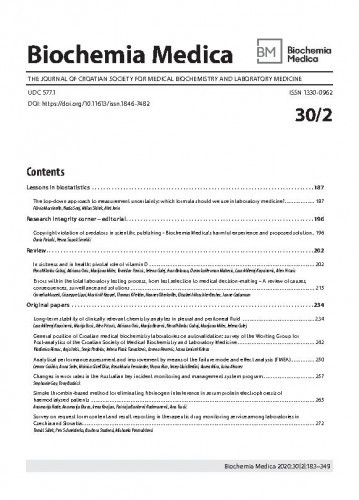Introduction: The Key incident monitoring and management system program (KIMMS) program collects data for 19 quality indicators (QIs) from Australian medical laboratories. This paper aims to review the data submitted to see whether the number of errors with a higher risk priority number (RPN) have been reduced in preference to those with a lower RPN, and to calculate the cost of these errors. Materials and methods: Data for QIs from 60 laboratories collected through the KIMMS program from 2015 until 2018 were retrospectively reviewed. The results for each QI were averaged for the four-year average and coefficient of variation. To review the changes in QI frequency, the yearly averages for 2015 and 2018 were compared. By dividing the total RPN by 4 and multiplying that number by the cost of recollection of 30 AUD, it was possible to assign the risk cost of these errors. Results: The analysis showed a drop in the overall frequency of incidents (6.5%), but a larger drop in risk (9.4%) over the period investigated. Recollections per year in Australia cost the healthcare industry 27 million AUD. If the RPN data is used, this cost increases to 66 million AUD per year. Conclusions: Errors with a higher RPN have fallen more than those with lower RPN. The data shows that the errors associated with phlebotomy are the ones that have most improved. Further improvements require a better understanding of the root cause of the errors and to achieve this, work is required in the collection of the data to establish best-practice guidelines.
Sažetak

 Biochemia medica : the journal of Croatian Society for Medical Biochemistry and Laboratory Medicine : 30,2(2020) / glavna i odgovorna urednica Daria Pašalić.
Biochemia medica : the journal of Croatian Society for Medical Biochemistry and Laboratory Medicine : 30,2(2020) / glavna i odgovorna urednica Daria Pašalić.